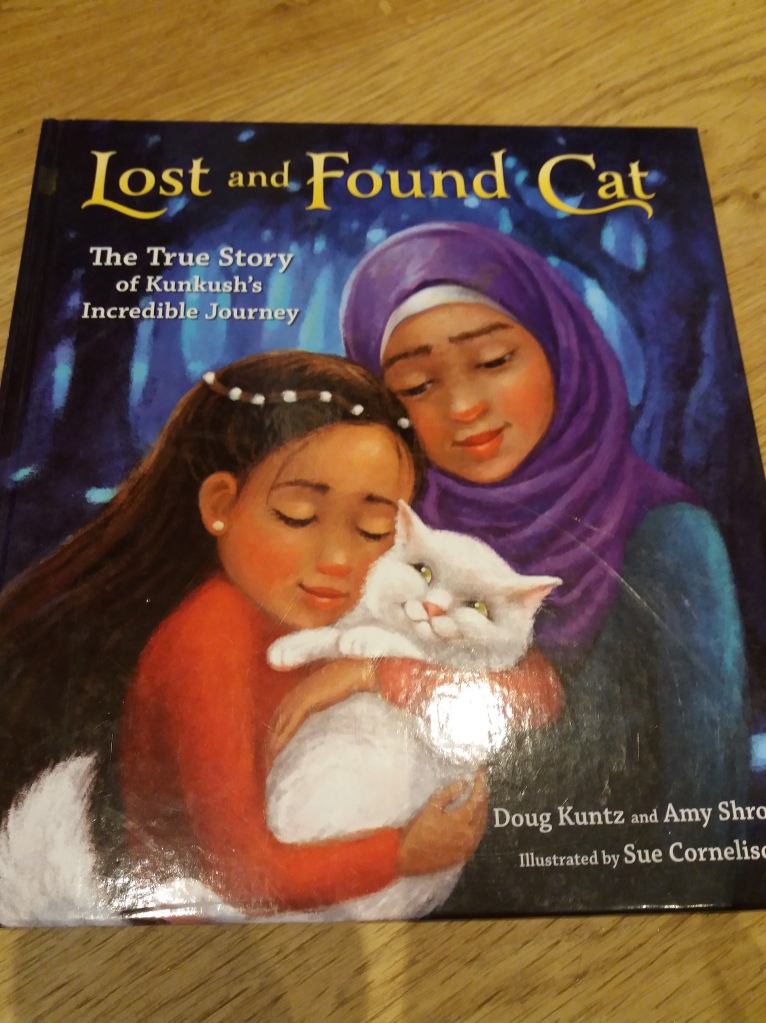
Today is World Refugee Day, a time to celebrate the contribution of refugees to our communities and to stand in solidarity with refugees around the world. The theme for this year’s Refugee Week 2020 has been “Imagine”, with the organisers inviting us to join in with the Simple Acts we can all do. Normally I talk about books in these posts, and I will come to a few of my current recommendations later on, but today I’d also like to share with you a couple of films that I have watched this week.
These are two films that I have had the option of watching previously but which, I must admit, I’ve been too scared to watch. I’ve read lots of books, and I meet people who have made these journeys; I didn’t know if I was strong enough to see the real-life images captured by these film makers. But the people in these films don’t have a choice about whether they are strong enough to face these conditions, and if I want to come closer to understanding their experiences, while accepting that from my position of privilege as a white British person, I can never truly understand what they have been through, I need to see these images and hear these stories. And so this week, I set out to do just that.
The Movement produced by Sharon Walia is a documentary that follows individuals who volunteer their time with grass-roots organisations that offer help refugees. She spends time with the crew of Sea-Watch, a boat that operates in the Mediterranean Sea, rescuing migrants who would surely drown without their help. These groups have come under fire from European authorities, accused of helping the smugglers. In 2019, after the release of this film, the German captain of Sea-Watch 3 was arrested after defying the Italian ban on search and rescue boats docking on their shores. But as the volunteers in the film repeatedly highlight, there is nobody else out there to help.
As well as reporting from the sea, Walia also spends time on the streets of Paris, a major European capital, where migrants sleep under bridges, often in plain view of the traffic streaming past. She talks to volunteers and refugees in Rome and in Greece. It is a damning view of the response by Europe to this situation which, two years after the making of this film, shows no sign of abating. Available to watch free on Amazon Prime.
For Sama directed by Waad Al-Kateab and Edward Watts. I’m not going to lie, this isn’t an easy watch. For Sama documents the siege of Aleppo in Syria as filmed by a young female journalist. Compiled from over 500 hours of footage, this is a personal story of a young woman growing up, finding the love of her life, marrying and having a baby but all against a backdrop of war. Al-Kateab shows the physical devastation of bombs dropped in a built up city, often focusing on a aircraft flying over and releasing its weapons. She also depicts the human suffering, showing badly wounded people arriving at the hospital, blood stains across the floors as the medical staff, her husband included among these, struggle to keep up with demand.
Just as harrowing as these bloody images are the reactions of relatives whose loved ones are killed. Mothers refusing to put down their dead children, a pair of young brothers, covered in dust, mourning their younger sibling. Al-Kateab talks to young children whose vocabulary already includes words to describe bombs, shells and death. These images will stay with me.
As well as watching these films, I have also read a YA book that focuses on a different part of our globe but that is no less deserving of our attention. The Other Side – Stories of Central American Teen Refugees Who Dream of Crossing the Border by Juan Villalobos translated by Rosalind Harvey. It tells the true stories of teenagers who are trying to cross the border into the USA. The children, for that is what they are, come from different parts of Central America, Mexico, Guatemala, El Salvador and at their time of crossing are aged between 10 and 17. These short stories give an insight into the lives these youngsters are fleeing – gang violence, extortion, discrimination – and their experiences of trying to escape. In many cases they are trying to reach relatives in the USA. Many of these young people are passed from person to person, vehicle to vehicle, along a seemingly endless chain, with the potential to end up being sent back to where they have come from. They talk of fear, of vulnerability and of courage.
For younger children, I would also recommend the book What is a refugee by Elise Gravel that I reviewed back in March. Gravel emphasizes the fact that refugees are people, “just like us”. With clear, concise sentences, Gravel takes us through the sort of situations that refugees might be fleeing, one idea to a double spread page. The accompanying illustrations are bright and bold. From here, she goes on to depict people at a closed border, in a refugee camp and she discusses simply what refugees are hoping for – a school, a job, a safe place to live. This is a great introduction for anyone wishing to have a conversation with children about refugees and migration.
For more reading suggestions, please take a look at my recommendations.
If you feel you would like to support the work of organisations working with refugees, particularly during these challenging times, please take a look at the Care4Calais website. If you are local to Derbyshire and wish to get involved, please visit Derbyshire Refugee Solidarity.
Follow @ClaireStorey16








